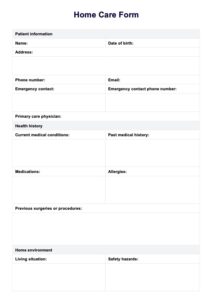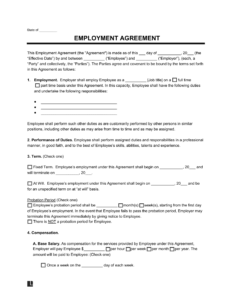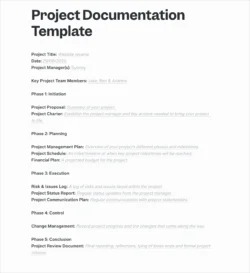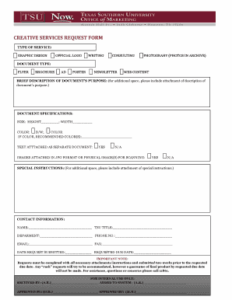Navigating the world of employment agreements can feel a bit like walking through a legal maze, especially when you need something more specific than the standard open-ended contract. Sometimes, a business needs a team member for a particular project, to cover parental leave, or for seasonal work. This is where fixed term employment contracts become incredibly useful, offering flexibility and clarity for both employers and employees by setting clear boundaries for the duration of the employment.
However, simply knowing you need one isn’t enough; drafting a solid, legally compliant contract requires careful consideration of various elements. A well-constructed fixed term employment contract template can be a lifesaver, providing a robust framework that saves time and minimizes potential legal headaches down the line. It ensures that all parties are on the same page regarding the terms, conditions, and the specific duration of the working relationship.
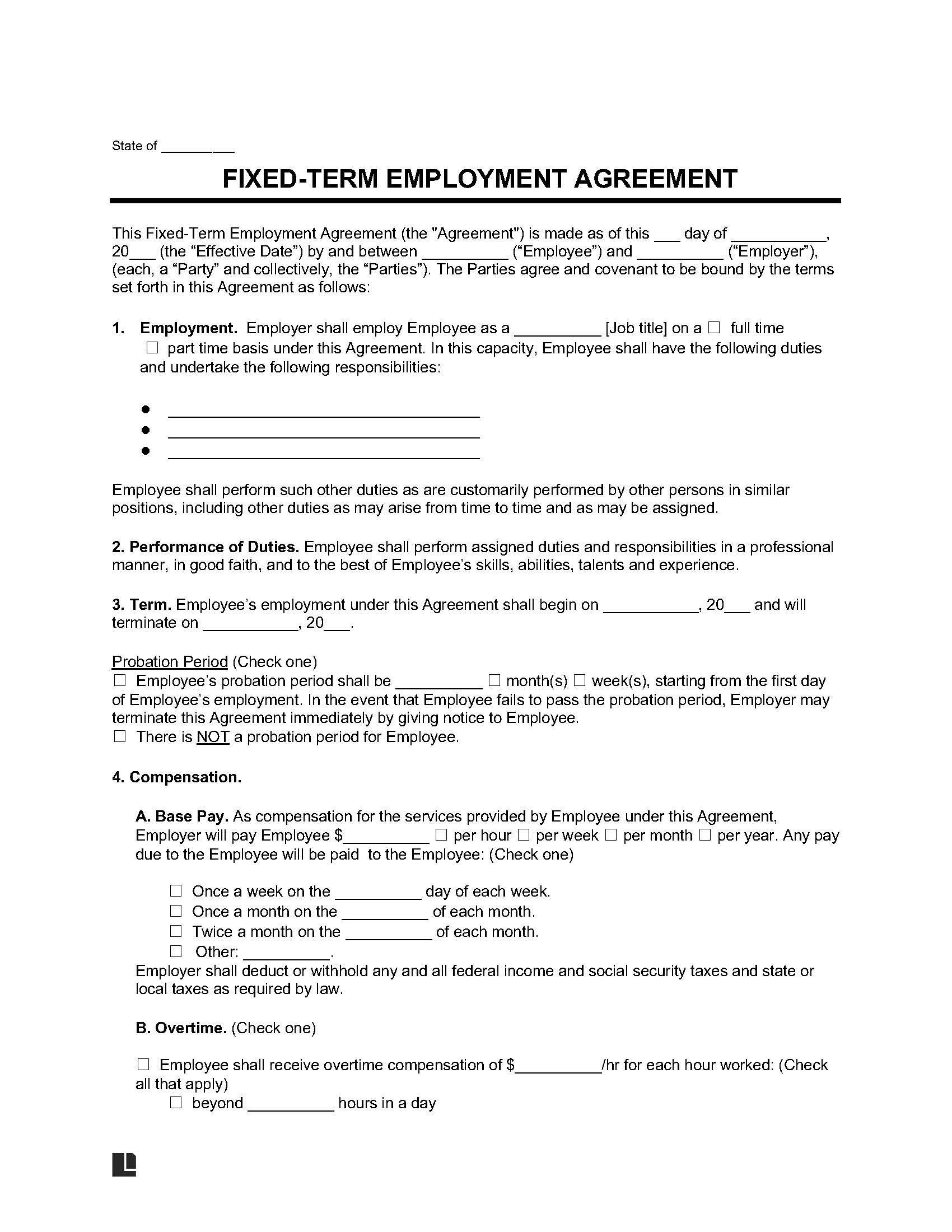
Understanding the Essentials of a Fixed Term Contract
A fixed term contract is fundamentally different from an indefinite contract because it has a predetermined end date or is tied to the completion of a specific task or project. It’s not just a casual agreement; it’s a legally binding document that outlines the relationship for a specific period. For employers, this offers immense flexibility, allowing them to scale their workforce according to demand without the long-term commitments of permanent employment. Employees, on the other hand, benefit from knowing the exact duration of their role and often gain valuable experience on diverse projects.
When you’re putting together such an agreement, whether from scratch or by adapting a fixed term employment contract template, there are certain core components that are non-negotiable. These elements ensure clarity and protect both parties from misunderstandings or disputes. Overlooking even one key detail could lead to significant legal challenges or a lack of enforceability, undermining the very purpose of the contract.
Defining the Term and Purpose
The most crucial aspect of a fixed term contract is, naturally, its term. This needs to be explicitly stated. You must clearly define the start date and the end date, or the specific event that triggers the end of the employment. For instance, "This contract begins on January 1, 2024, and ends on December 31, 2024," or "This contract ends upon the completion of the ‘Project Alpha’ initiative." It’s also wise to briefly state the objective reason for the fixed term, such as covering maternity leave or completing a specific grant-funded project, as this can be important for legal compliance in many jurisdictions.
Key Clauses to Consider
Beyond the term, a comprehensive contract will detail various other aspects of the employment. These provisions ensure that the employee understands their role, compensation, and expectations, while also protecting the employer’s interests.
- Job Title and Responsibilities: A clear description of the role, duties, and reporting structure.
- Remuneration: Specify the salary, payment schedule, and any benefits, such as health insurance or paid time off.
- Working Hours: Outline the standard work schedule, including any provisions for overtime.
- Probation Period: If applicable, state the length of the probationary period and what it entails.
- Termination Clauses: Detail the conditions under which either party can terminate the contract early, including required notice periods. This is vital even for fixed-term agreements.
- Confidentiality and Intellectual Property: Clauses to protect sensitive business information and assign ownership of work created during employment.
- Governing Law: Specify which jurisdiction’s laws will govern the contract, especially important for remote or international teams.
Ensuring each of these clauses is clearly articulated leaves little room for ambiguity. A strong foundation built on comprehensive details will serve both parties well throughout the employment period, making the experience smoother and more professional.
Navigating Legalities and Best Practices
While a good fixed term employment contract template provides a solid starting point, simply filling in the blanks isn’t always enough. Employment law varies significantly from country to country, and even within regions. What’s permissible in one jurisdiction might be illegal in another. For example, some places limit the maximum duration of a fixed-term contract or restrict how many times it can be renewed before the employee gains rights akin to permanent staff. It’s absolutely critical to consult local employment laws to ensure your contract is fully compliant and enforceable.
One common pitfall employers face is the risk of "rolling contracts" unintentionally creating permanent employment. If an employer repeatedly renews a fixed-term contract without a legitimate objective reason, or if the employee performs the same duties as permanent staff for an extended period, courts may interpret this as an attempt to circumvent permanent employment rights. This could lead to claims of unfair dismissal or demands for back pay and benefits applicable to permanent employees. Clear communication about the temporary nature and purpose of the role is paramount throughout the employment.
At the conclusion of the fixed term, a clear and well-managed exit strategy is essential. Employers should communicate clearly with the employee about whether the contract will be renewed, converted to a permanent position, or allowed to expire. This transparency helps manage expectations and can prevent disputes. Remember, even fixed-term employees are typically entitled to fair treatment, including equal pay for equal work and access to training and benefits, unless there’s an objective justification for different treatment.
Ultimately, while a template offers convenience, the best practice is always to customize it to the specific role, project, and prevailing legal landscape. This ensures that your contract is not only compliant but also accurately reflects the unique circumstances of the employment relationship, providing clarity and security for everyone involved.
A thoughtfully drafted and legally sound fixed term employment contract template is an invaluable asset for any business seeking flexibility in its workforce. It provides the necessary structure and legal safeguards to manage specific projects, seasonal needs, or temporary roles with confidence and clarity.
By meticulously defining terms, outlining responsibilities, and adhering to legal best practices, you can establish professional and transparent employment relationships. This proactive approach not only mitigates potential risks but also fosters a positive working environment, ensuring that both employer and employee enter into the agreement with full understanding and confidence.
